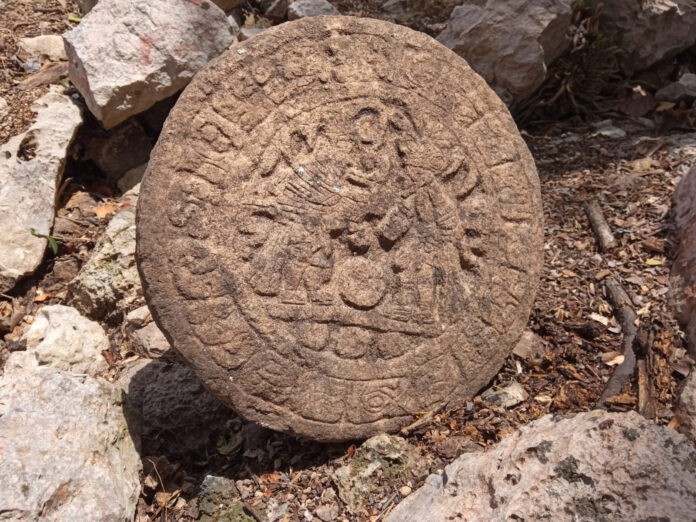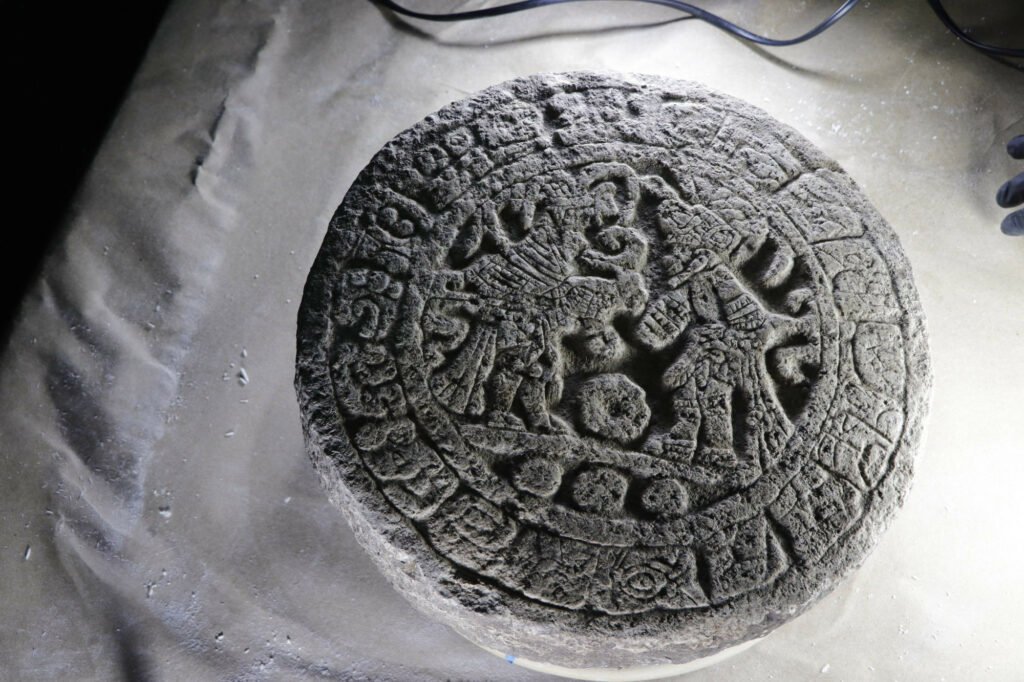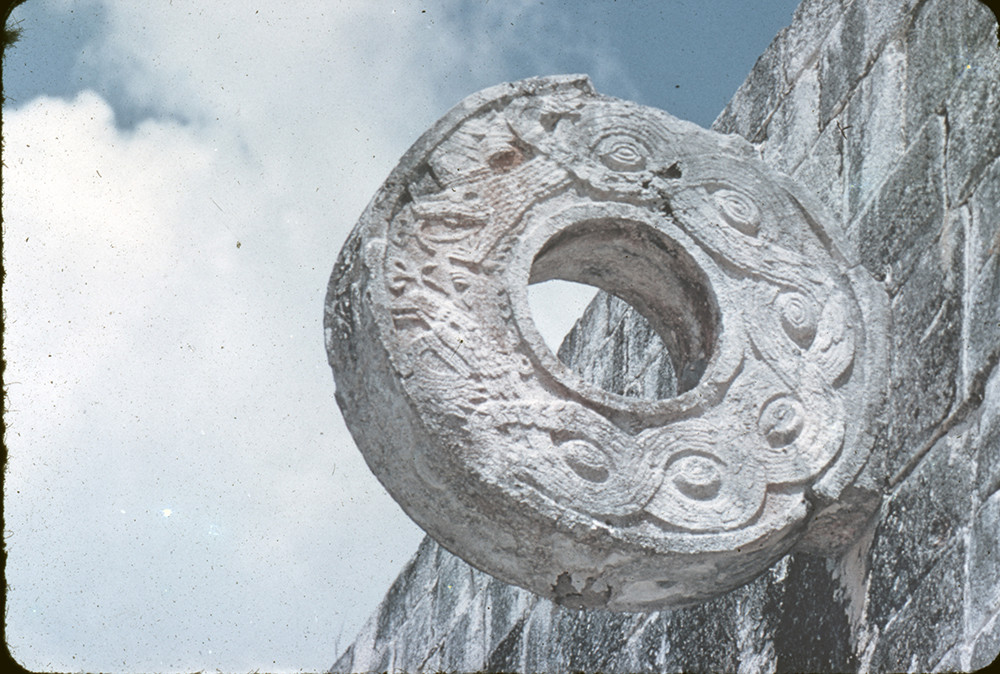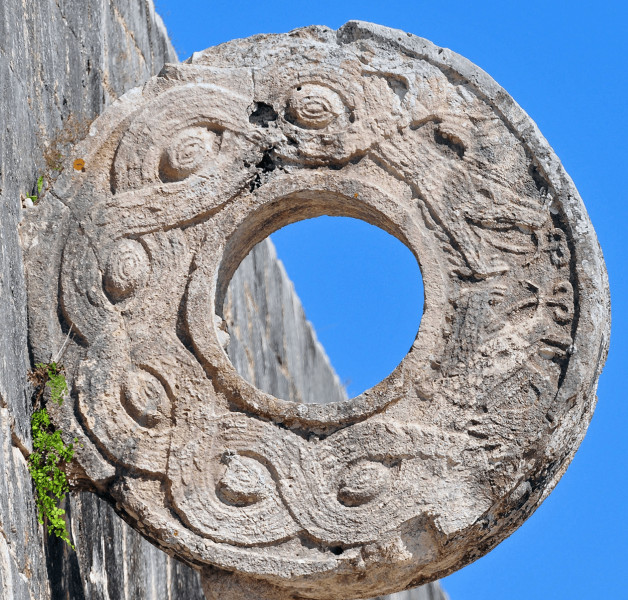A Look at Mayan Rituals and Sports
Recently, archaeologists made an exciting discovery at Chichén Itzá in Yucatán, Mexico. They found a well-preserved stone marker related to the Mesoamerican ball game, which provides new insight into the ancient Mayan civilization.

The Discovery
The find is a circular limestone disc that measures 32.5 cm in diameter and weighs 40 kilos. It was located in the Chichanchob, also known as the Casa Colorada. This disc is believed to be connected to a game called Pok Ta Pok in the Mayan language. What makes this artifact special is its detailed hieroglyphic text around the outer edge, which is quite rare for items found in Chichén Itzá.

Understanding the Inscription
The inscription on the stone marker dates back to 894 A.D., making it one of the last significant texts about the ball game before the decline of the Mayan civilization. In the center of the disc, there are two figures playing the game, showcasing intricate details of their clothing and accessories. This gives researchers valuable information about the rituals tied to this ancient sport.

Preserving History

The artifact was found less than two feet underground and is now being carefully preserved by INAH conservators. Researchers are using advanced methods like photogrammetry to create a detailed 3D model of the disc for further analysis and translation of its inscriptions.
This remarkable discovery not only enhances our understanding of the Mesoamerican ball game but also sheds light on Mayan society, beliefs, and cultural practices. As research progresses, this artifact may reveal even more about the intriguing Mayan civilization.


